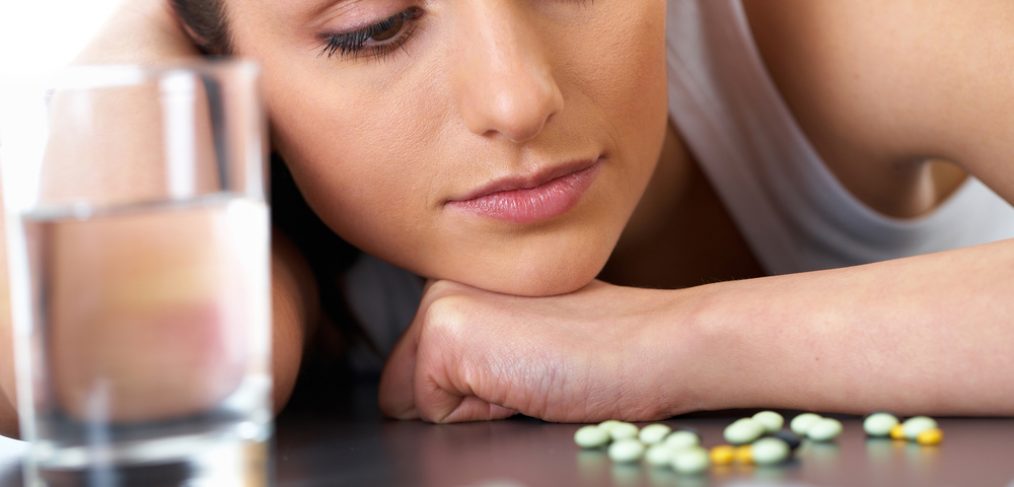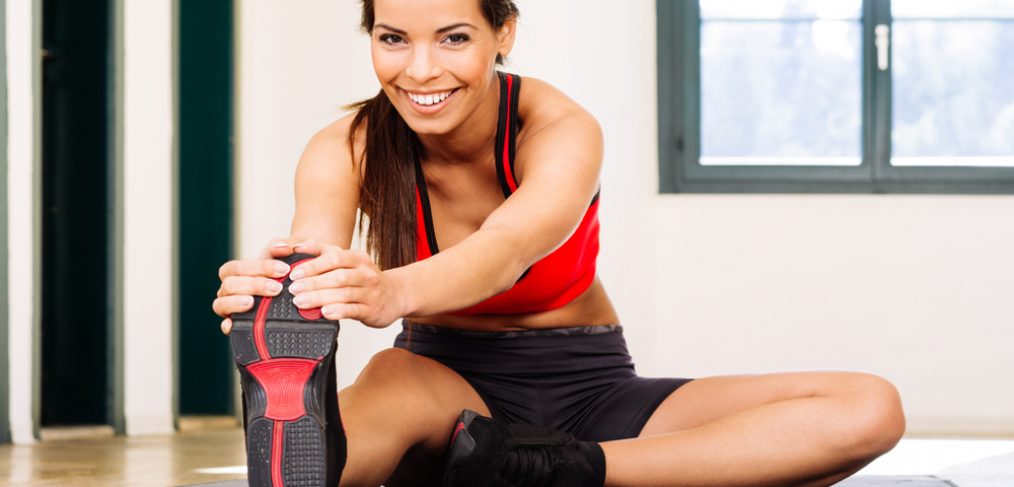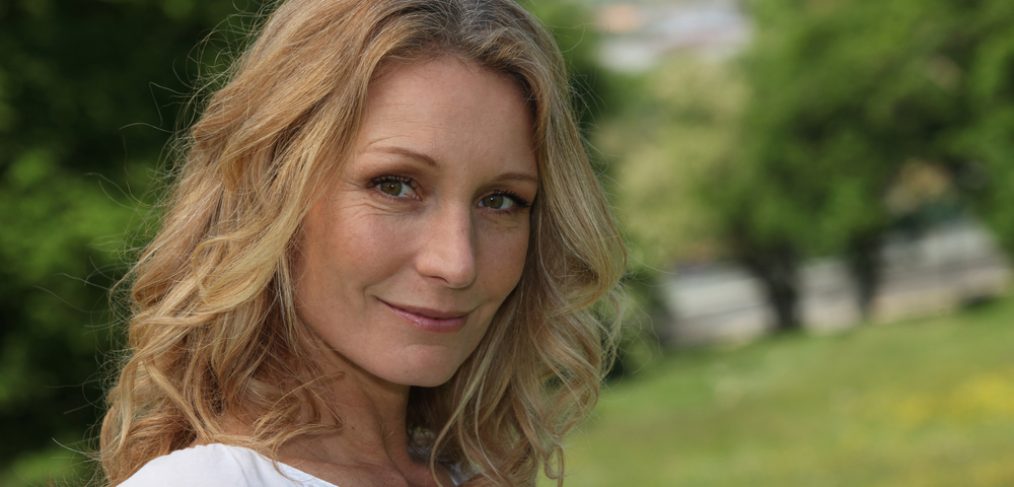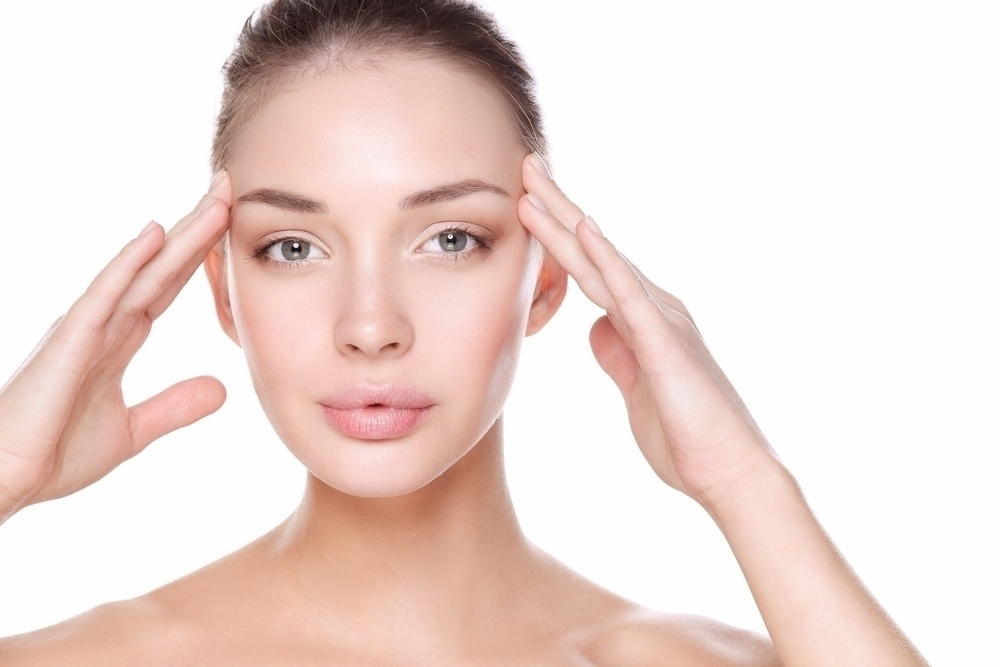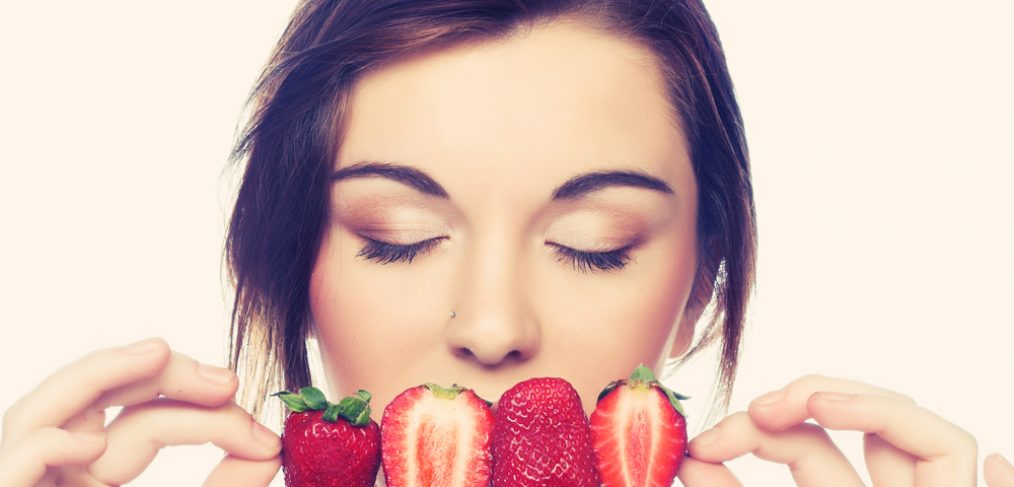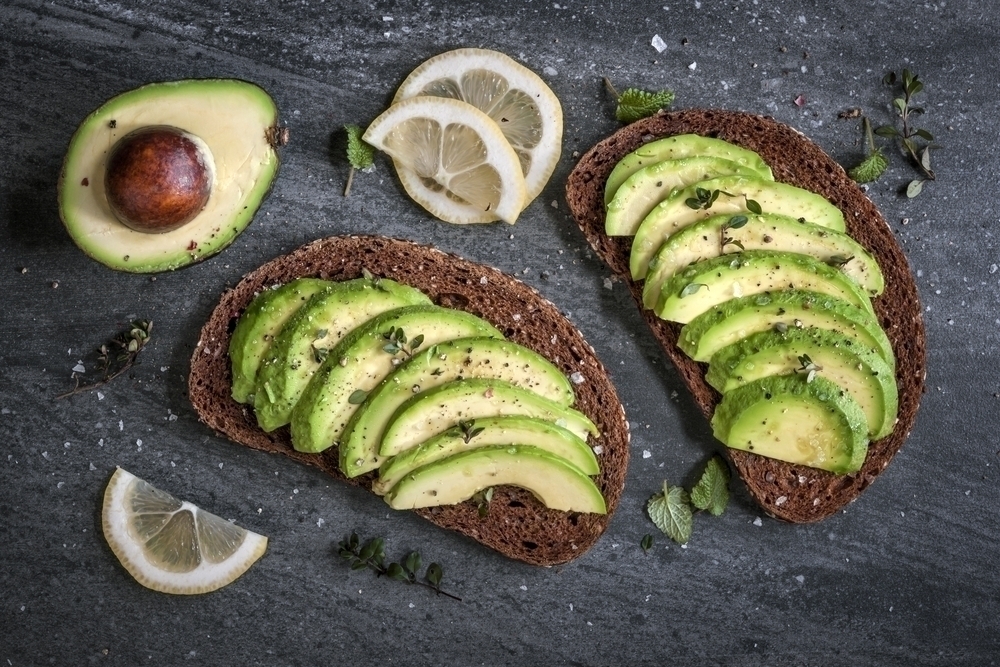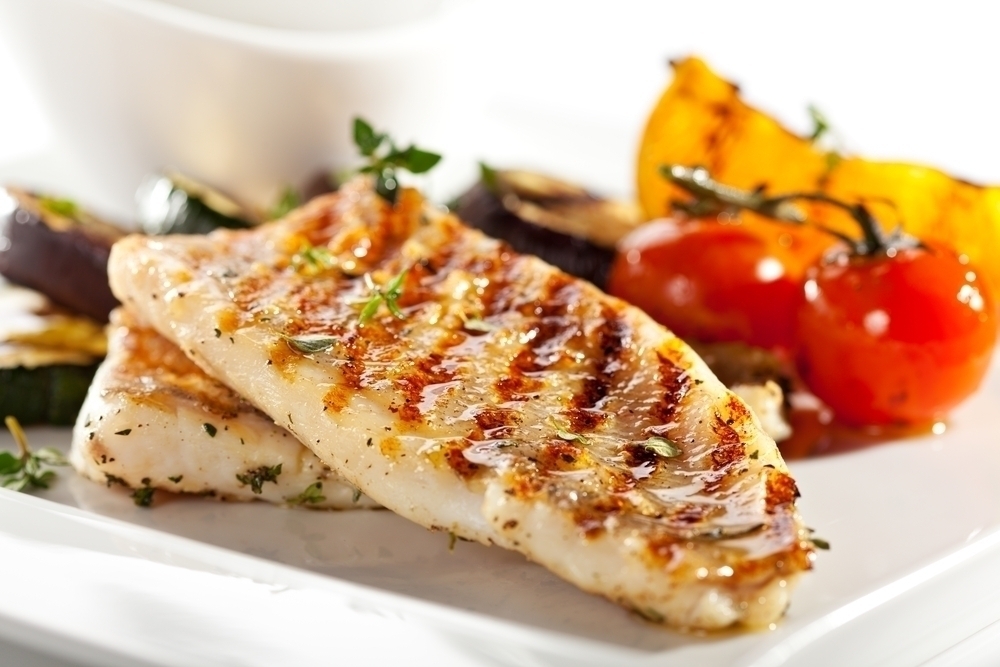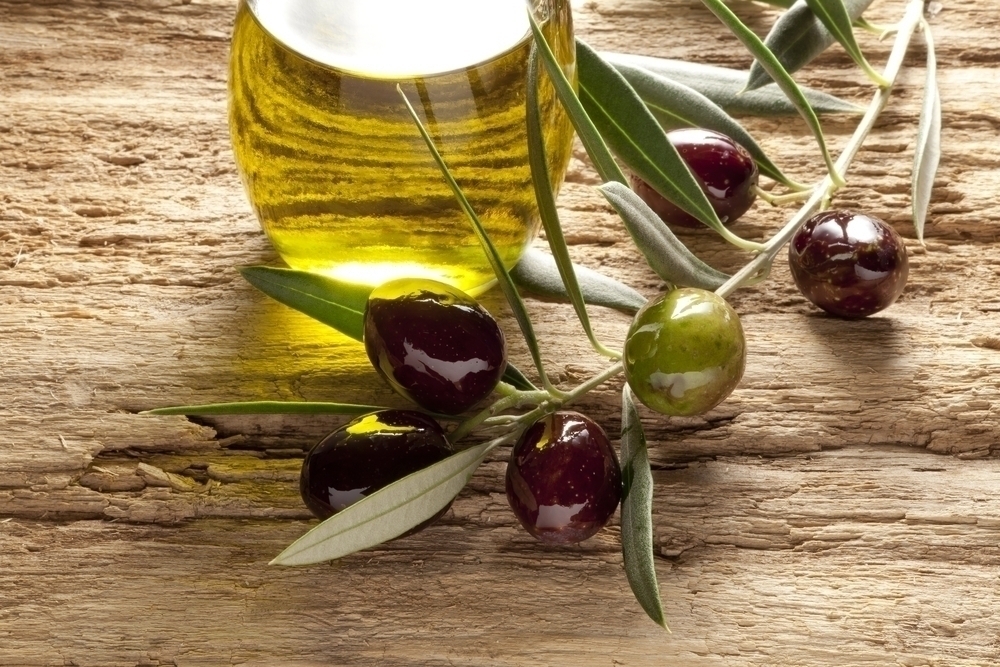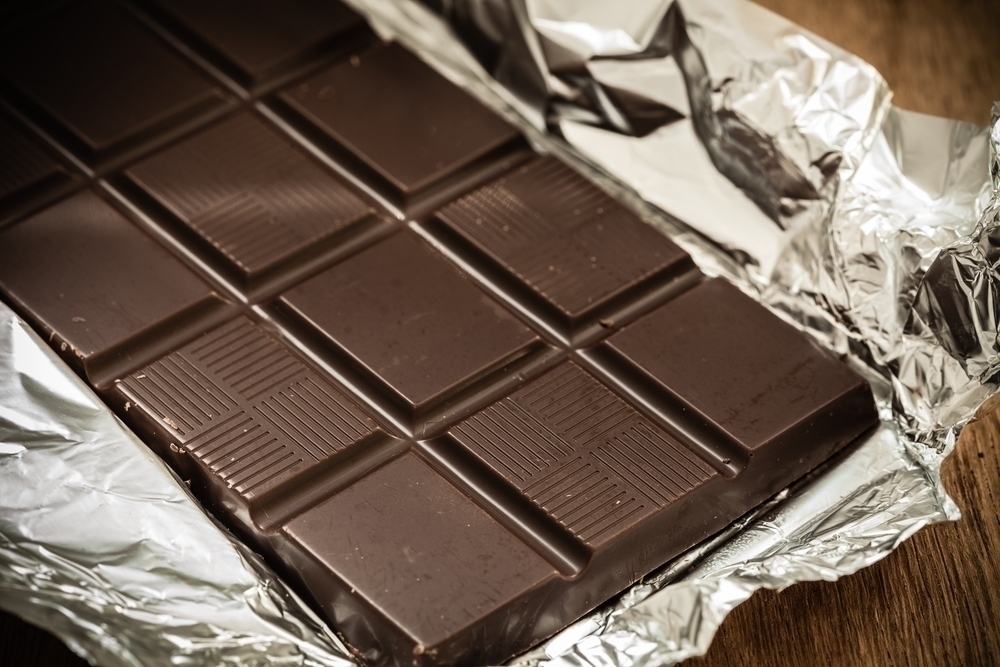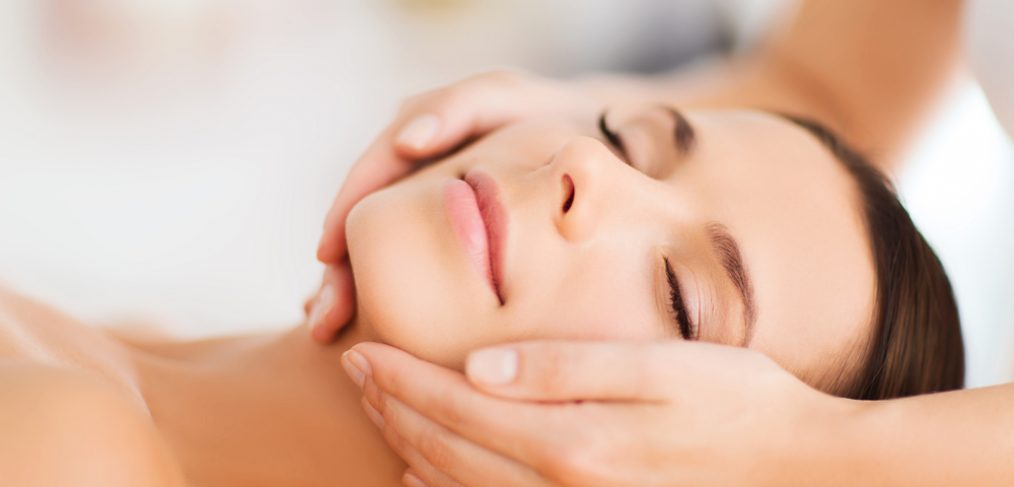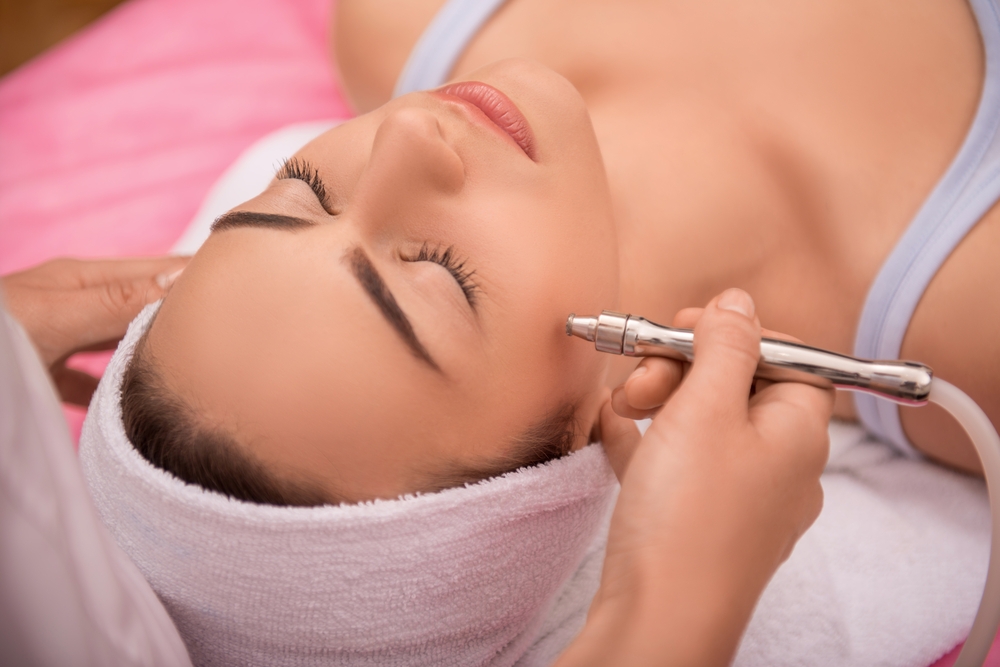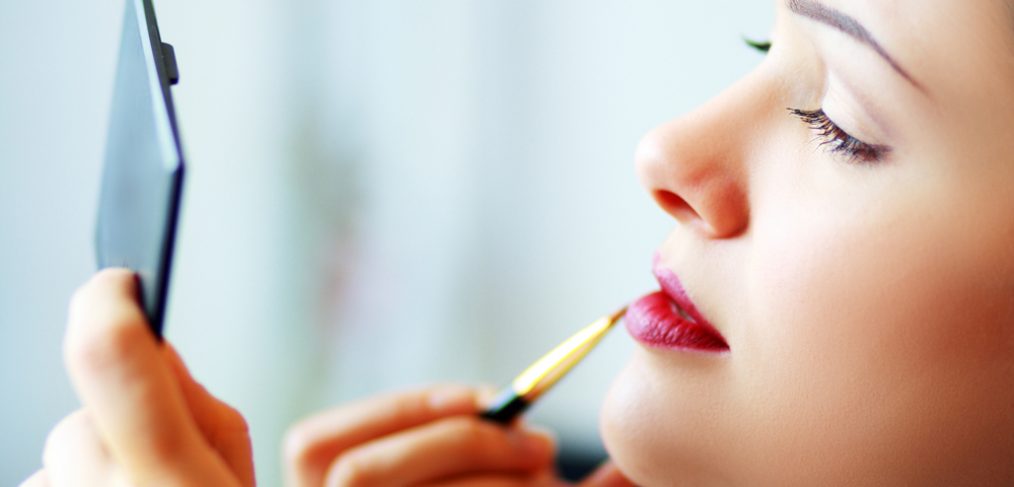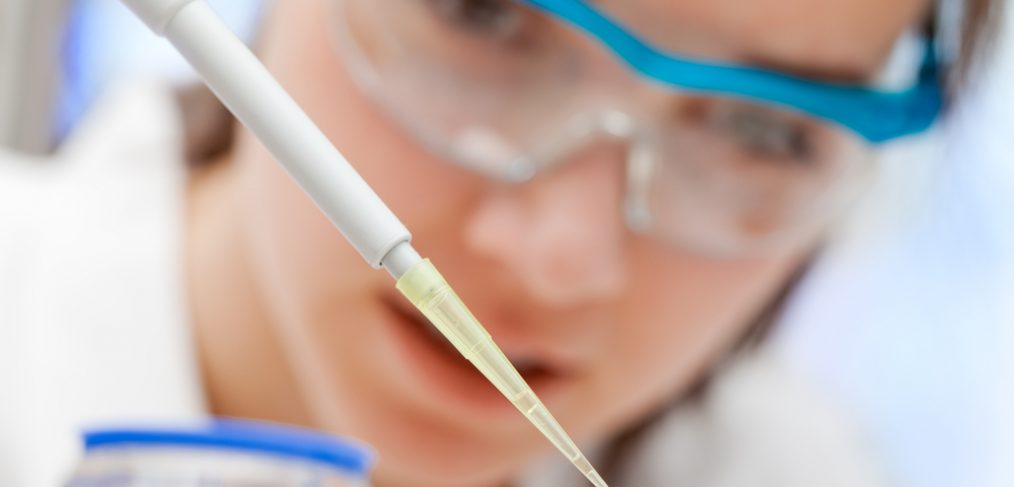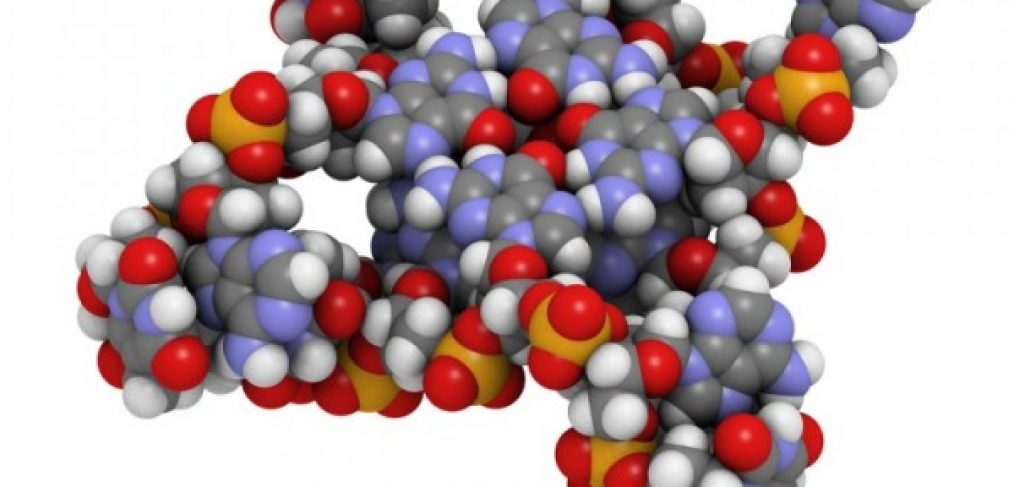Longevity and a slow or even stop to the aging process and the increased risk of diseases, wrinkling, and general decrepitude it tends to lead to have long since been an enduring obsession of the human race. If you could take a pill that would let you live longer, be happier, and look younger for longer, would you? For many, this is a given; the goal of a better, longer, happier life is so ubiquitous is may very well be a defining trait of collective human consciousness. And along those lines, there are many researchers and prodigious experts in various fields who are chasing after ways to slow, halt, or even reverse aging.
But how close are we? You may hear a variety of claims regarding life-extending and age-slowing miracle cures, but the sad truth is that if it sounds too good to be true (read: if it’s inconsistent with current well-substantiated medical knowledge and is not, itself backed up by solid research or a consensus of expert opinion), it probably is. Granted, when it comes to supplements for living longer, there is something to be said in edge cases at the very least, but it takes a lot of wading through hoaxes to find it.
Antioxidant Supplements
Antioxidants show some promise for helping slow aging according to the free-radical theory of aging. That said, aforementioned theory lacks a preponderance of evidence and therefore should probably be looked at as a “maybe, maybe not” sort of thing. Further, taking antioxidant supplements has been shown by a lot of well-documented and controlled studies lately to be entirely ineffectual, and maybe even harmful. Of course, that says nothing about obtaining antioxidants through your diet by, say, eating dark leafy greens and sipping red wine in careful moderation, which are, in fact, pretty healthy habits.
Human Growth Hormone
Touted by some snake oil vendors as an anti-aging solution, human growth hormone as a supplement has, in fact, been shown to accelerate aging, and should be avoided at all costs. This hormone is naturally occurring in our bodies and plays a role in growth and development. It is not only not necessary to supplement growth hormone, it’s potentially harmful and just a really bad idea.
Stem Cell Treatments
Stem cells show some promise for medical research, and their discovery was certainly a boon to researchers working on cracking the code of aging, but there are as of yet no reliable end-user applications for them on the market. If someone tries to sell you a “stem cell therapy” of any kind, stay far away.
Vitamin and Mineral Supplements
There’s good and bad news here. Bad news first: “overloading” on vitamins, which is often recommended for good health and extended youth, is not only entirely useless, it can in many cases be harmful, and depending on what vitamin you’re overloading and by how much, you can end up with anything from nausea to festering, ugly skin lesions. Please don’t do that to yourself.
So how about the good news? Well, while it’s always best to get vitamins and minerals from your diet, because it guarantees they’re easier for your body to absorb and utilize, taking a vitamin supplement (read: not overloading, just taking as much as you need; a.k.a. 100% daily value and never much over) can be pretty beneficial to your overall health, and therefore your chances of living longer and healthier.
What Else Can You Do?
Simple. Eat a varied diet, with only very small portions of meat, mostly fruits, vegetables, and grains, and include plenty of dark, leafy greens. Exercise moderately but regularly, foster healthy relationships with those around you (communicate clearly and openly!), accept what you can’t change, and don’t be afraid to admit when you need help. Work on all the above, and you’ll be well on your way to a long, happy, healthy life.



